Year 1
The English curriculum is built around the three interrelated strands of language, literature and literacy. Teaching and learning programs should balance and integrate all three strands. Together, the strands focus on developing students' knowledge, understanding and skills in listening, reading, viewing, speaking, writing and creating. Learning in English builds on concepts, skills and processes developed in earlier years, and teachers will revisit and strengthen these as needed.
In Year 1, students communicate with peers, teachers, known adults and students from other classes.
Students engage with a variety of texts for enjoyment. They listen to, read, view and interpret spoken, written and multimodal texts designed to entertain and inform. These encompass traditional oral texts including Aboriginal stories, picture books, various types of stories, rhyming verse, poetry, non-fiction, film, dramatic performances and texts used by students as models for constructing their own texts.
The range of literary texts for Foundation to Year 10 comprises Australian literature, including the oral narrative traditions of Aboriginal and Torres Strait Islander Peoples, as well as the contemporary literature of these two cultural groups, and classic and contemporary world literature, including texts from and about Asia. Literary texts that support and extend Year 1 students as independent readers involve straightforward sequences of events and everyday happenings with recognisably realistic or imaginary characters. Informative texts present a small amount of new content about familiar topics of interest and topics being studied in other areas of the curriculum. These include decodable and predictable texts which present a small range of language features, including simple and compound sentences, some unfamiliar vocabulary, a small number of high-frequency words and words that need to be decoded phonically, as well as illustrations and diagrams that support the printed text.
Students create a variety of imaginative, informative and persuasive texts including recounts, procedures, performances, literary retellings and poetry.
(source: www.australiancurriculum.edu.au)
Achievement Standard
Receptive modes (listening, reading and viewing)
By the end of Year 1, students understand the different purposes of texts. They make connections to personal experience when explaining characters and main events in short texts. They identify that texts serve different purposes and that this affects how they are organised. They describe characters, settings and events in different types of literature.
Students read aloud, with developing fluency. They read short texts with some unfamiliar vocabulary, simple and compound sentences and supportive images. When reading, they use knowledge of the relationship between sounds and letters, high-frequency words, sentence boundary punctuation and directionality to make meaning. They recall key ideas and recognise literal and implied meaning in texts. They listen to others when taking part in conversations, using appropriate language features and interaction skills.
Productive modes (speaking, writing and creating)
Students understand how characters in texts are developed and give reasons for personal preferences. They create texts that show understanding of the connection between writing, speech and images.
They create short texts for a small range of purposes. They interact in pair, group and class discussions, taking turns when responding. They make short presentations on familiar topics. When writing, students provide details about ideas or events, and details about the participants in those events. They accurately spell high-frequency words and words with regular spelling patterns. They use capital letters and full stops and form all upper- and lower-case letters correctly.
(source: www.australiancurriculum.edu.au)
- Plus Plan
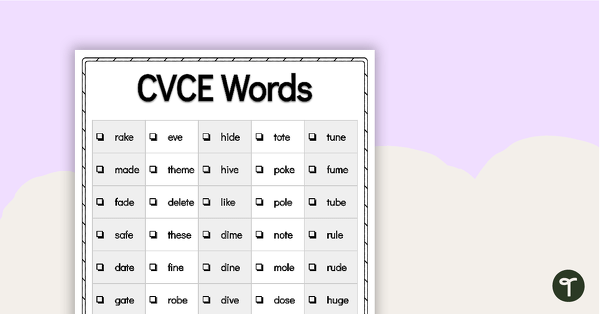
Word Study List - CVCE Words
Introduce and explore words containing the ‘magic e’ with this extensive list of CVCE words.
- Plus Plan
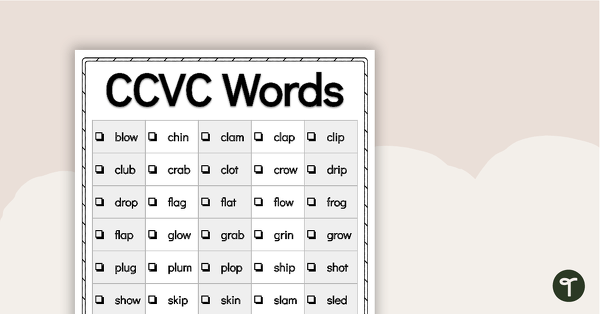
Word Study List - CCVC Words
Introduce and explore words containing the consonant-consonant-vowel-consonant pattern with this extensive list of CCVC words.
- Plus Plan
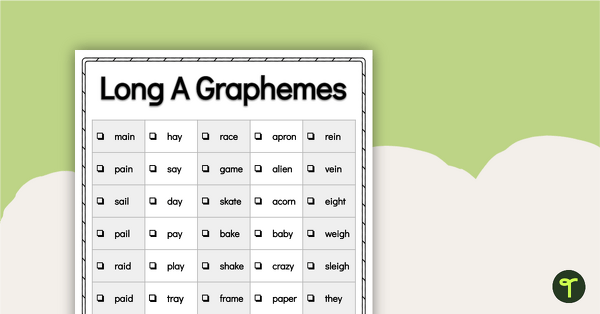
Word Study List - Long A Graphemes
Introduce and explore words containing graphemes that make the ‘long a’ sound with this extensive list of words.
- Plus Plan
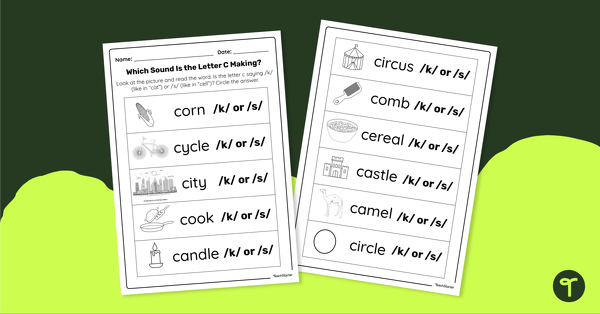
Which Sound? Worksheet - The Letter C
Practise identifying the different sounds made by the letter C with this printable two-page worksheet.
- Plus Plan
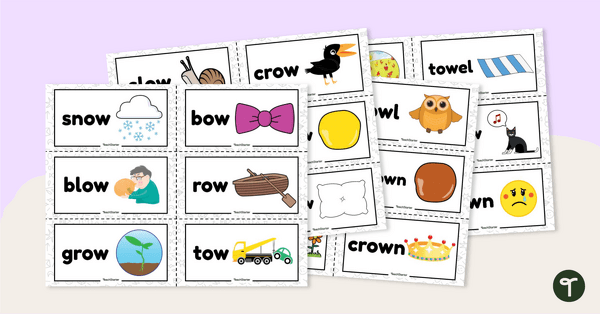
The OW Digraph - Sorting Activity
Practise reading words containing the 'ow' digraph using this hands-on sorting activity.
- Plus Plan
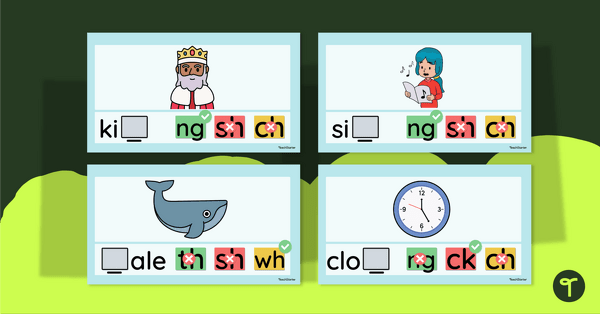
Which Consonant Digraph Is It? Interactive Activity
Review consonant digraphs with this comprehensive drag-and-drop interactive activity.
- Plus Plan
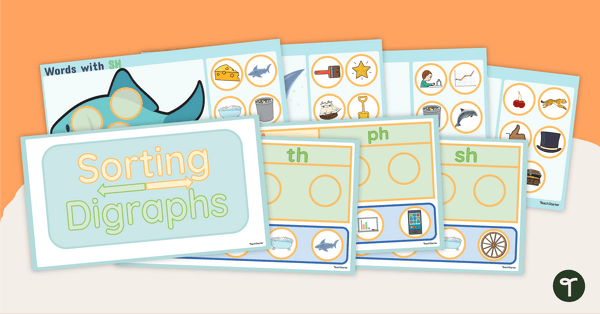
Consonant Digraphs - Interactive Sorting Activity
Practise identifying beginning and ending consonant digraphs with this interactive sorting activity.
- Plus Plan
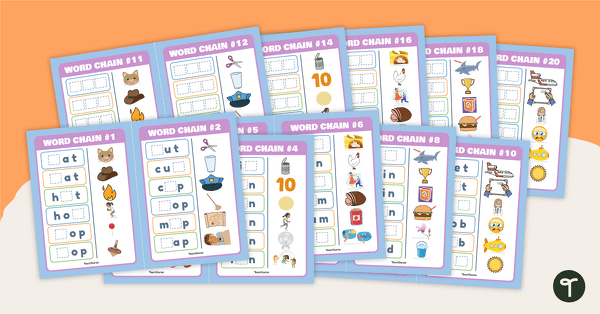
CVC Word Chain Task Cards
Manipulate the individual phonemes in CVC words to create new ones with this set of differentiated task cards.
- Plus Plan
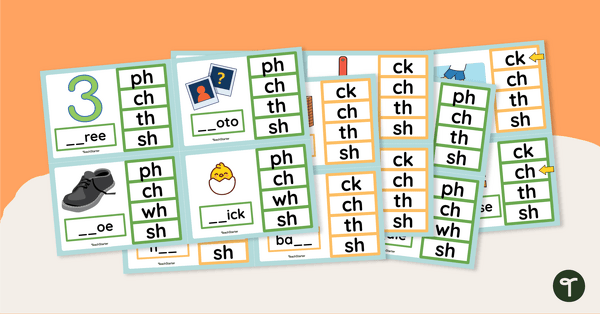
Consonant Digraph Peg Cards
Explore consonant digraphs at the beginning and end of words with these hands-on peg cards.
- Plus Plan
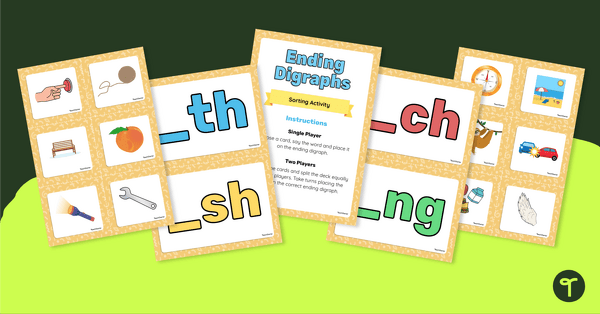
Ending Consonant Digraphs Sorting Activity
Explore words that contain a final consonant digraph with a set of 24 picture sorting cards.
- Plus Plan
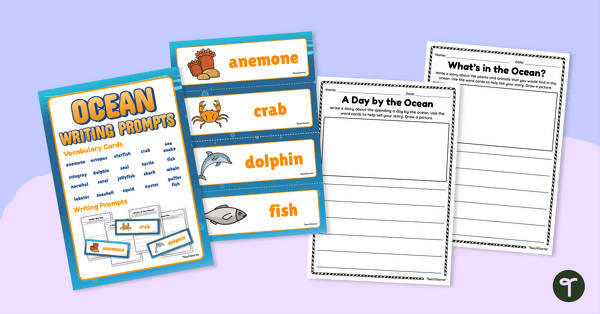
Ocean-Themed Flashcards and Writing Prompts
Build vocabulary and writing skills with this ocean-themed writing activity.
- Plus Plan
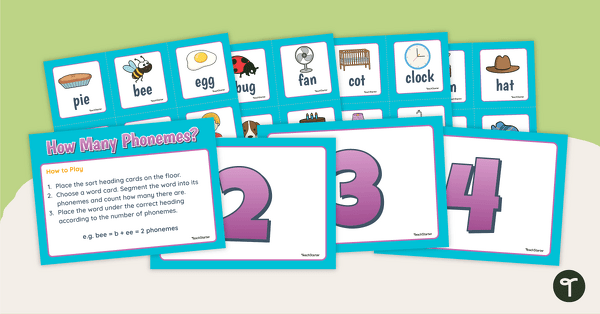
How Many Phonemes? Sorting Activity
Practise identifying the discrete sounds in words with this hands-on sorting activity.
- Plus Plan
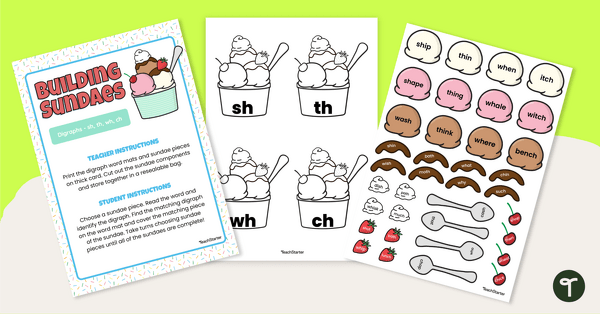
Building Sundaes with Consonant Digraphs
Identify initial and final consonant digraphs with this set of 4 yummy digraph sundaes.
- Plus Plan
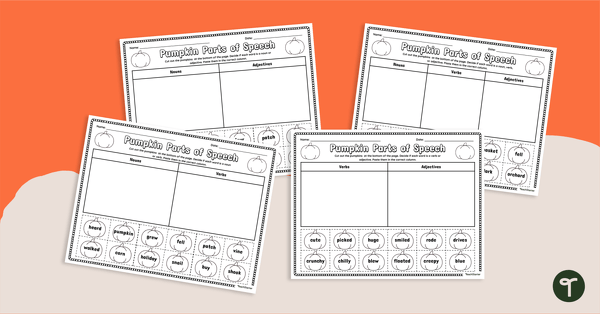
Pumpkin-Themed Parts of Speech Worksheets
Review key parts of speech by sorting nouns, verbs and adjectives with these four pumpkin-themed worksheets.
- Plus Plan
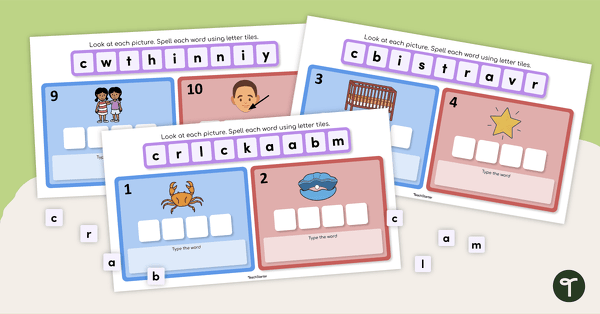
CCVC Word Building - Google Slides Interactive Activity
Practice spelling and reading CCVC words by identifying and blending sounds using this interactive Google Slides activity.
- Plus Plan
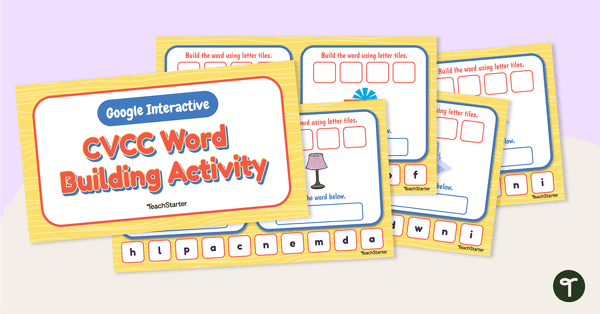
CVCC Word Building - Google Slides Interactive Activity
Practise spelling and reading CVCC words by identifying and blending sounds using this interactive Google Slides activity.
- Plus Plan
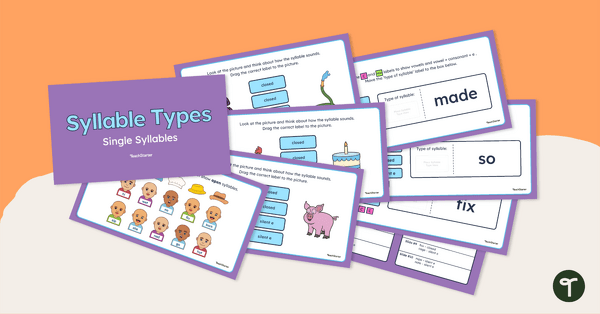
Syllable Types – Single Syllable Interactive Activity
Identify types of syllables in single syllable words with this Google Slides Interactive activity.
- Plus Plan
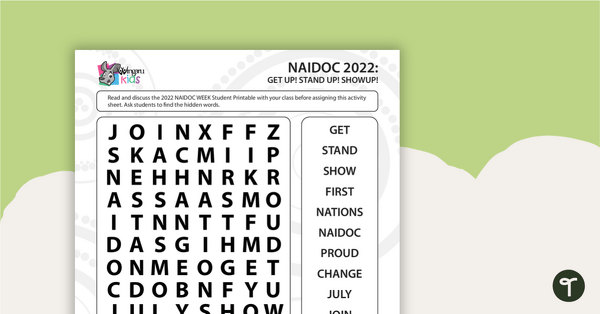
NAIDOC Week 2022 Find-a-Word – Lower Years
A lower-years find-a-word puzzle emphasising topic words from information sheet about the NAIDOC 2022 theme: “Get Up! Stand Up! Show Up!”
- Plus Plan
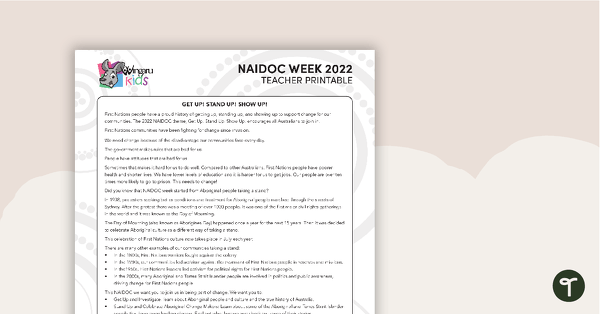
NAIDOC Week 2022 – Teacher Information Sheet
A teacher information sheet about the NAIDOC 2022 theme: “Get Up! Stand Up! Show Up!”
- Plus Plan
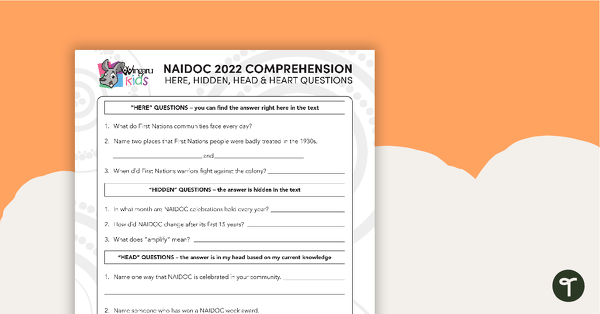
NAIDOC Week 2022 Comprehension Activity
A worksheet with text and comprehension questions exploring the 2022 NAIDOC theme.
- Plus Plan

NAIDOC Week 2022 Jumbled Word Puzzle
A student word puzzle focusing on topic words from the information sheet about the NAIDOC 2022 theme: “Get Up! Stand Up! Show Up!”.
- Plus Plan
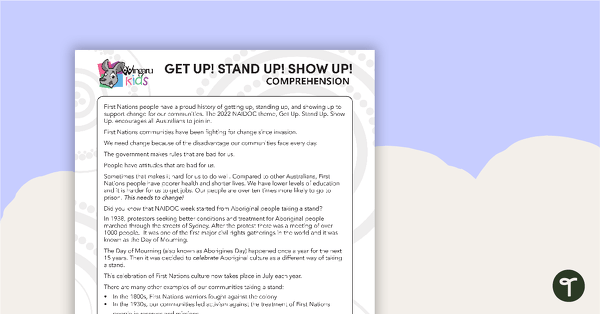
NAIDOC Week 2022 – Student Information Sheet
A student information sheet about the NAIDOC 2022 theme: “Get Up! Stand Up! Show Up!”.
- Plus Plan

How Are You Feeling Today? Poster
Help students to recognise and identify their feelings and emotions with this colourful classroom display poster.
- Plus Plan
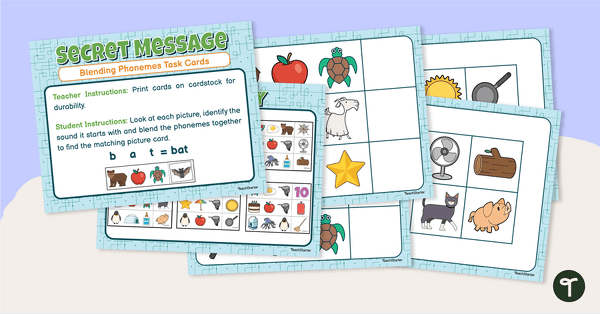
Blending Phonemes Secret Message – Matching Activity
Blend phonemes to build words and uncover the secret message!
- Plus Plan

SMASH IT! Blending 'l' Game
Practise finding different ways to blend 'l' with other consonants with this set of 8 game boards and letter cards.
- Plus Plan
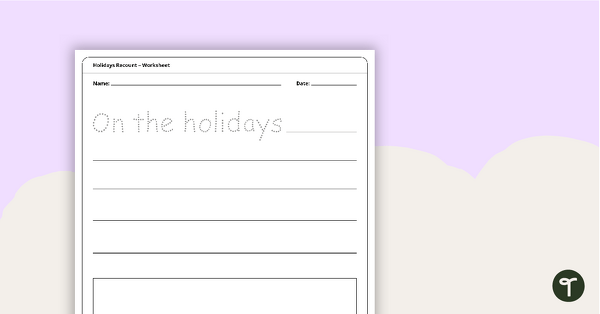
Holiday Recount Worksheet
A worksheet for younger students to use when writing a holiday recount.
- Plus Plan
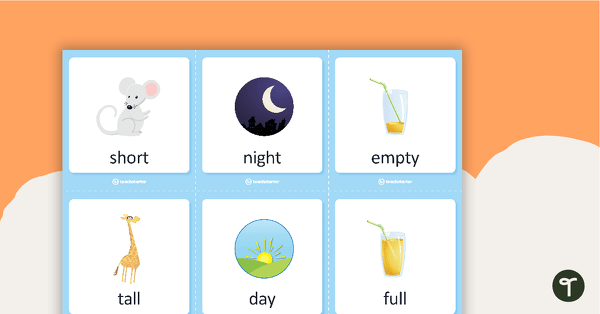
Opposites Card Game
A diverse set of cards to help students learn about opposite language.
- Plus Plan
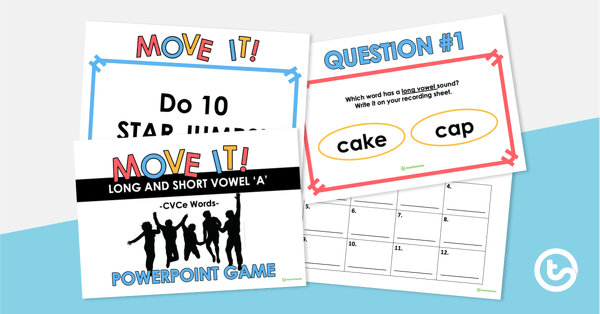
Move It! – Long and Short Vowel 'a' PowerPoint Game
An active PowerPoint game to practise reading and identifying long and short vowel 'a' words.
- Plus Plan
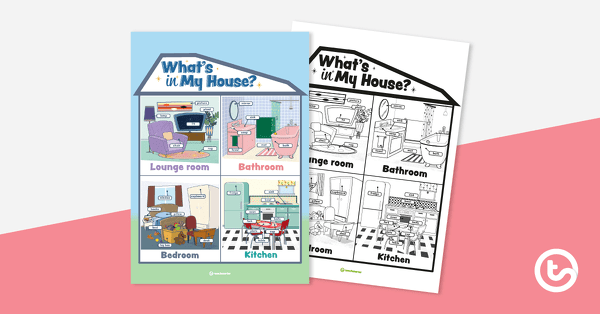
What's in My House? – Poster
A vocabulary poster highlighting common household items.
- Plus Plan
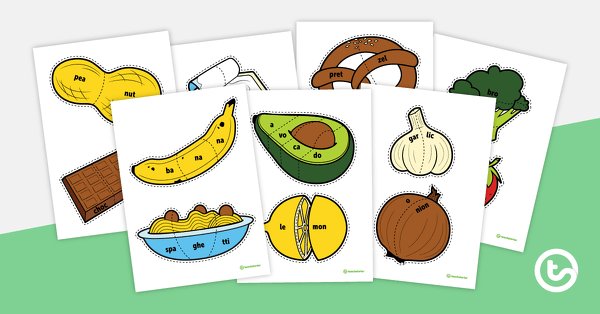
Food-Themed Syllable Puzzle
A fun food-themed phonics activity for lower years that helps to develop syllable recognition.
- Plus Plan
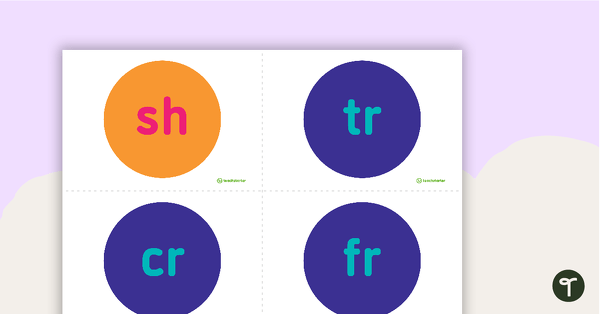
Blend and Digraph Cards
A set of 32 blend and digraph cards that can be used in a variety of ways.
- Plus Plan
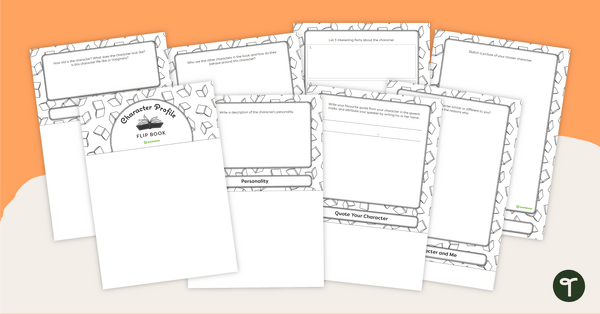
Character Profile Flip Book - Lower Primary
Explore story characters with this flipbook template for lower primary students.